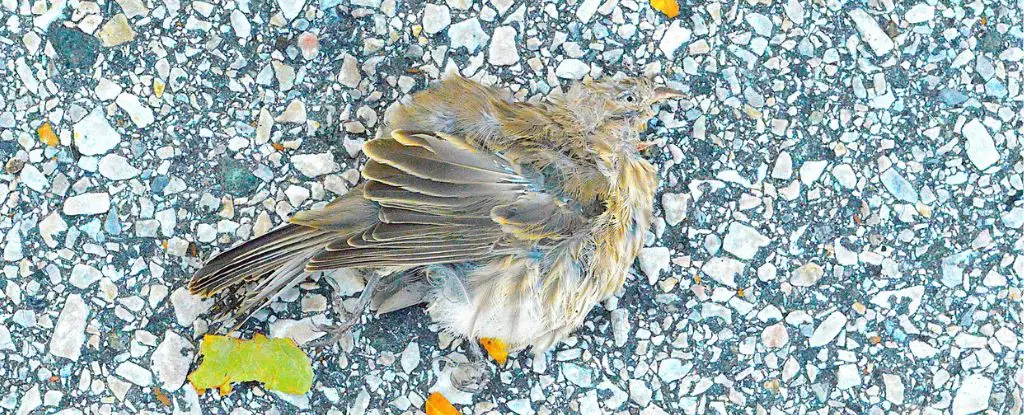The recent outbreak of bird flu in the United States has raised concerns not just among hunters and farmers, but also among city dwellers. The New York City Virus Hunters Program has conducted research showing that a small number of birds in the city have been infected with a highly contagious strain of avian influenza. While the risk to humans and pets is considered low, precautionary measures should still be taken.
Between 2022 and 2023, volunteers collected nearly 2000 bird poop samples from urban parks and green spaces in New York City. Results showed that six birds, including a red-tailed hawk, three Canada geese, a peregrine falcon, and a chicken, tested positive for the virus. This highlights the potential for the spread of avian influenza in densely populated urban areas where humans and wildlife interact closely.
Although no human cases have been reported in New York City so far, it is important to note that a farm worker in Texas recently fell ill after being exposed to the virus from a sick cow. This case is believed to be the first instance of mammal-to-human transmission of avian influenza. The World Health Organization is closely monitoring such cases, as the H5N1 virus can be deadly if it infects humans.
The current avian flu outbreak is not limited to the United States. The World Health Organization has recorded cases of mammal-to-human transmission worldwide since the outbreak started in 2020. In the US, the virus has spread from migrating birds to a variety of animals, including wild foxes, raccoons, possums, skunks, seals, leopards, bears, mountain lions, bobcats, domestic cats, dogs, cattle, and goats. This has led to a description of the outbreak as a “global zoonotic animal pandemic”.
To minimize the risk of transmission, it is recommended to avoid close contact with wildlife and prevent pets from interacting with potentially infected animals. Monitoring the health of animals and practicing good hygiene can also help reduce the spread of avian influenza. Being vigilant and informed about the potential threats posed by the virus is key to preventing further infections.
The presence of highly pathogenic avian influenza strains in New York City and beyond underscores the importance of proactive measures to prevent the spread of the virus. While the risk to humans is currently considered low, ongoing research and surveillance are necessary to monitor potential outbreaks and protect public health. By staying informed and taking necessary precautions, we can work together to mitigate the impact of avian influenza on both wildlife and human populations.


Leave a Reply